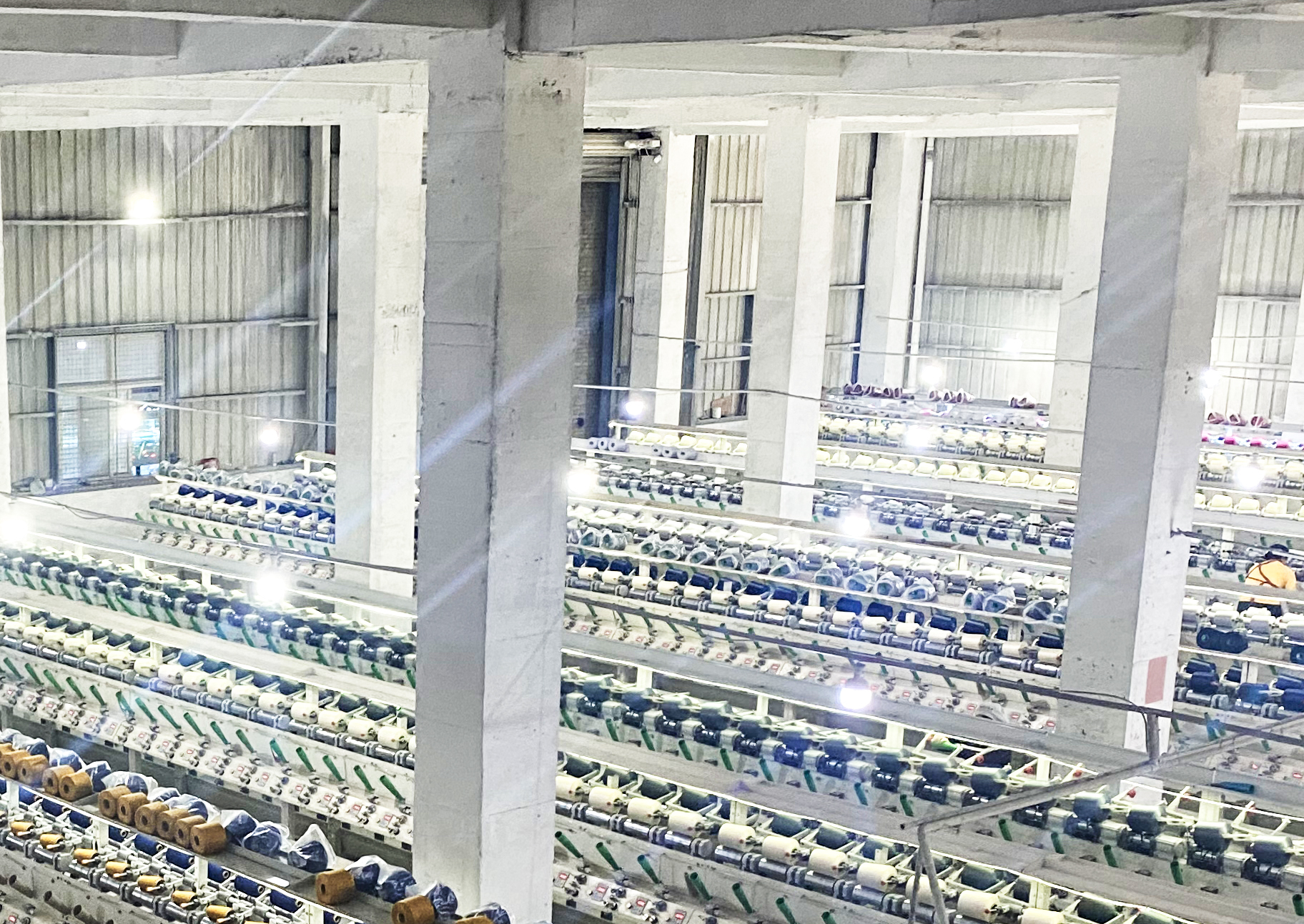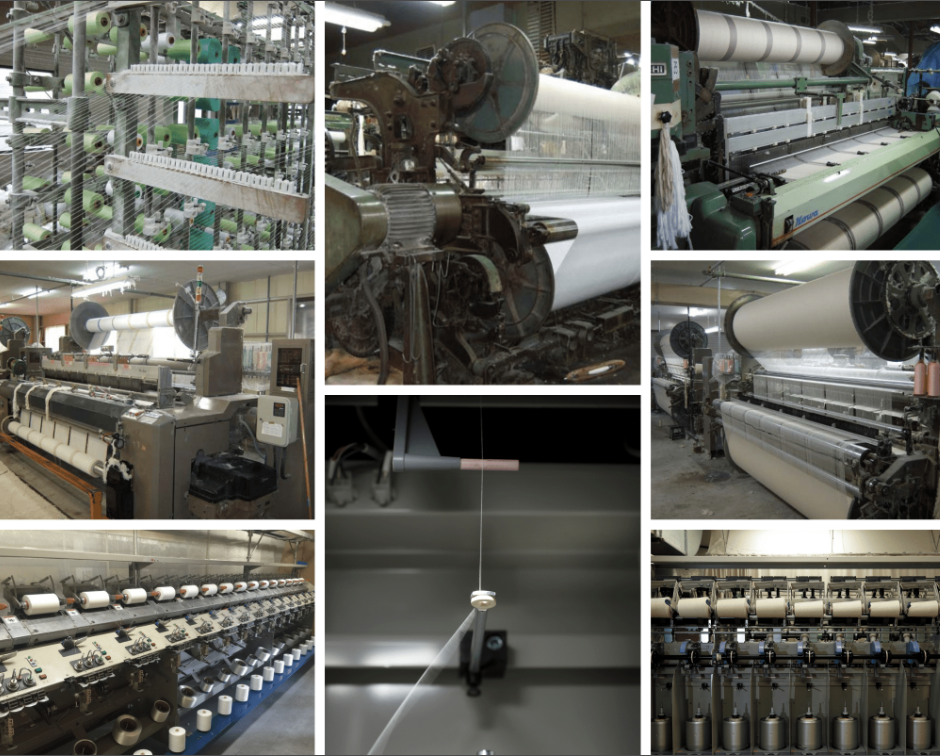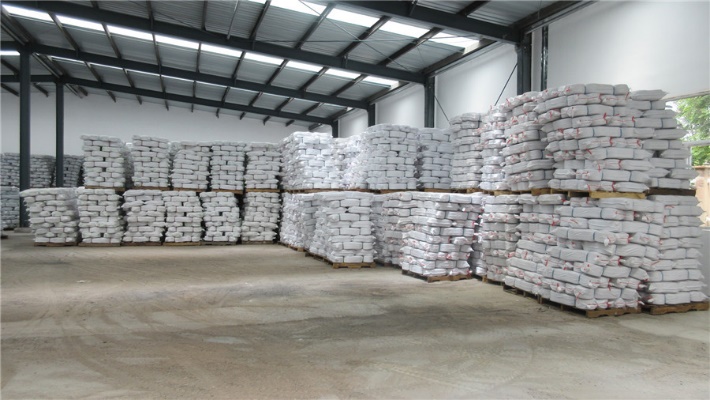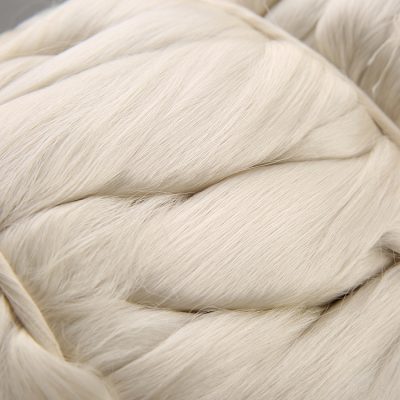
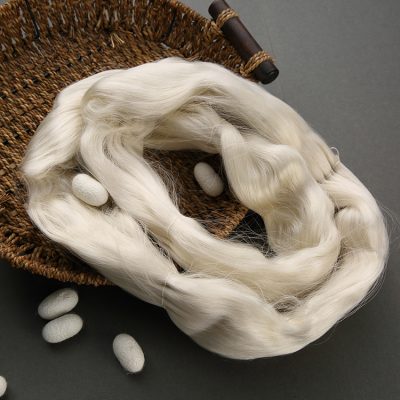
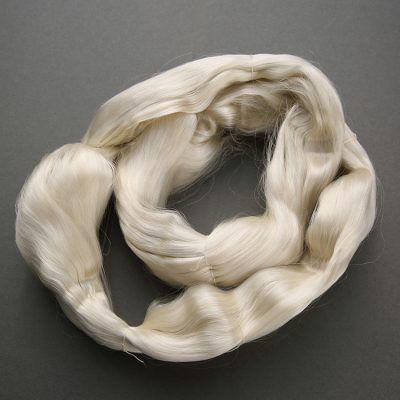
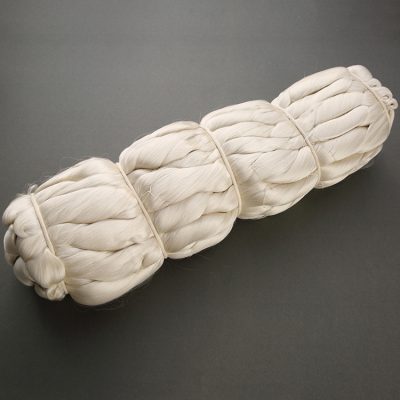
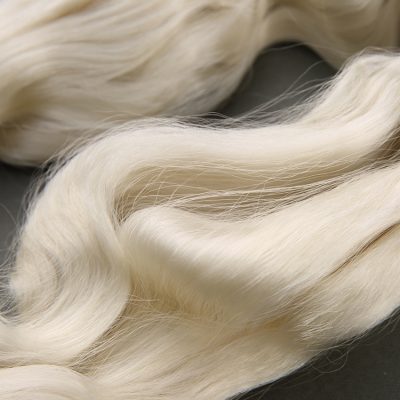
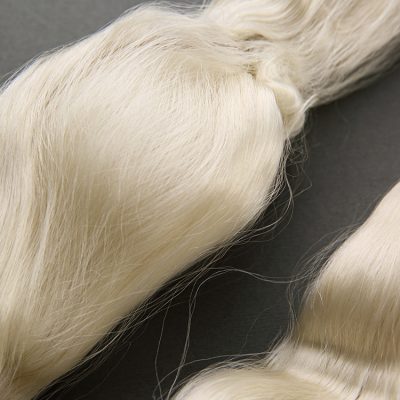
| Product Name | Silk Yarn |
| Composition | Silk |
| Yarn count in stock | 56NM |
| Strength | Strong |
| Twist | Average |
| Shape of the yarn | Cone yarn |
| Textile Process | Worsted |
| Wight | 985g |
| MOQ | All colors is in stock service with MOQ 7kg |
| Color | 6 colors(You can customize your own color) |
| Feature | Anti-Static, Anti-Bacteria, Anti-pilling, Sustainable |
| Usage | Knitting, Weaving, Hand Knitting, Sewing,Garment/Home Textile |
| OEM service | Yes |
| Payment | TT LC |
The natural fiber contained in silk is mainly silk fiber, which is a continuous long fiber that is coagulated by the secretion of silk when the cocoon is formed. It is also called natural silk. It is one of the earliest animal fibers used by humans, including mulberry silk and tussah silk. , Castor bean silk, cassava silk, etc. The content of sericin on each cocoon silk is not uniform. The silk that is spit out has a low sericin content, and the silk that is spit out at the end has the highest sericin content. Silk fiber has a relatively complete fibril structure, which can fully express the excellent quality of natural fiber.
Silk not only has better heat dissipation performance, but also good warmth retention. Its thermal insulation benefits from the porous fiber structure. There are many very fine fibers in silk fibers, and these fine fibers are composed of even finer fibers. Therefore, more than 38% of the seemingly solid silk is actually hollow. There is a large amount of air in these gaps, which prevents the dissipation of heat and makes the silk have good warmth retention. It can also absorb sound, dust, and flame retardant. Silk fabric has a high porosity, so it has good sound absorption and air absorption, so in addition to making clothing, it can also be used for interior decoration. Because silk has moisture absorption, moisture release properties, moisture retention, air absorption and porosity, it can also adjust indoor temperature and humidity, and can absorb harmful gases, dust, and microorganisms. In addition, real silk fibers have low thermal denaturation and are relatively heat-resistant. When heated to 100°C, they are only about 5-8% brittle, while most synthetic fibers have a thermal deflection that is 4-5 times larger than that of silk. The burning temperature of silk is 300-400℃, which is a flame-retardant fiber, while the burning temperature of synthetic fiber is 200-260℃, which is flammable and easy to melt. Therefore, the use of silk fiber as a raw material for interior decoration can not only play a role in sound absorption, dust absorption, and heat preservation, but also play a flame retardant function.

